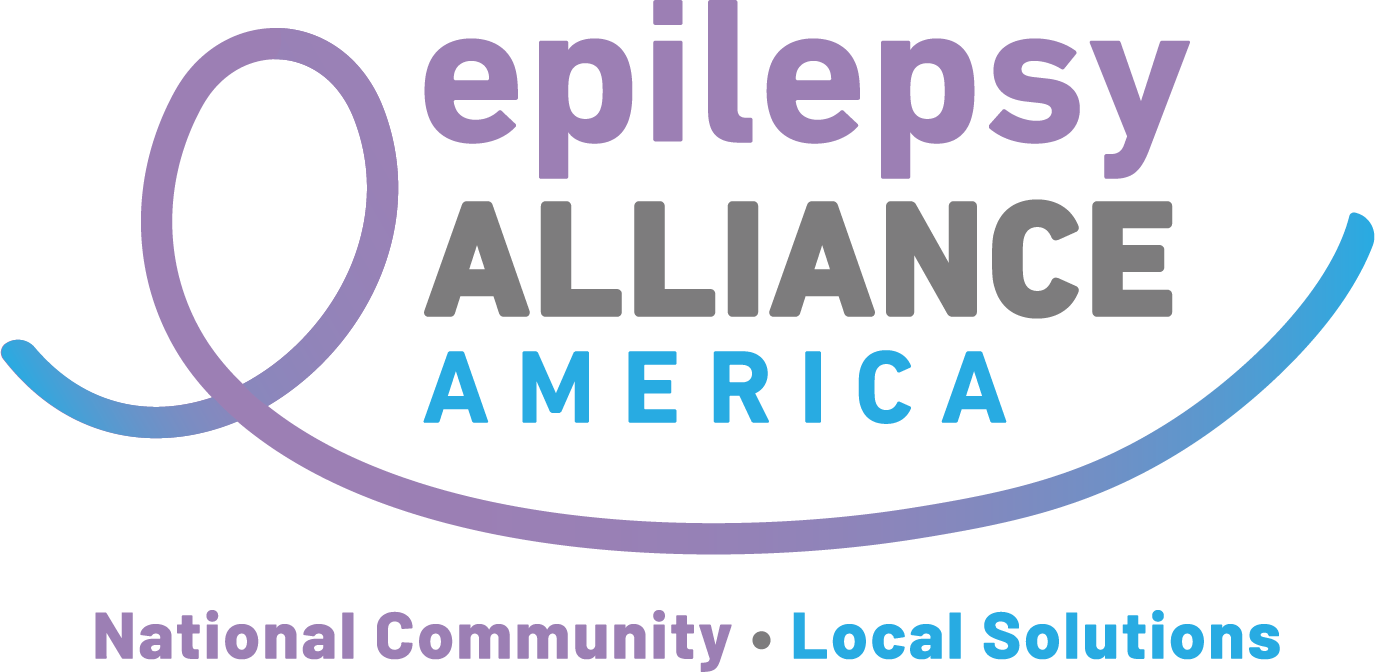Back to News
World Health Organization (WHO) launches new toolkit to improve care for neurological disorders
Published on July 8th, 2024
in News

Neurological conditions are the leading cause of ill health and disability worldwide. Provision of services for these conditions is insufficient, especially in low- and middle-income countries. Worldwide, people living with neurological disorders and associated disabilities continue to have difficulties accessing treatment and rehabilitation, and many also experience discrimination and human rights violations.“Implementing IGAP requires the concentrated efforts of many stakeholders, with everyone having a part to play,” says Dévora Kestel, Director of the Department of Mental Health, Brain Health and Substance Use. “Our mandate is to make it easier for countries to plan their actions in a way that suits their needs and objectives.”The neurology action plan, unanimously adopted in 2022 by the Seventy-fifth World Health Assembly, sets out an overarching course of action to improve services that involves strengthening policies, systems and services, raising awareness, reducing discrimination and fostering research and innovation. The plan has 10 targets for countries to achieve by 2031 with the support of national and international partners, as well as the WHO Secretariat.The implementation toolkit is the go-to resource for those involved in shaping neurology policies and services. It is primarily intended for use by policy-makers at national and subnational levels as well as programme managers and service planners across various sectors such as health, social services, education, environment, finance, employment, justice and housing. The toolkit is designed to correspond to the IGAP strategic objectives, focusing on 5 strategic areas:
- prioritization and governance
- diagnosis, treatment and care
- promotion of brain health and prevention of neurological disorders
- research and information systems
- approach to 6 specific high-burden neurological disorders.
Listing specific steps as well as 90 tools and resources, the toolkit allows plans for IGAP implementation to be customized according to the context of the country, recognizing the advances in neurological disorder care that may have already been made in that setting.

Intersectoral global action plan on epilepsy and other neurological disorders 2022–203
Related linksIntersectoral global action plan on epilepsy and other neurological disorders: implementation toolkit
Intersectoral global action plan on epilepsy and other neurological disorders (2022-2031)
Decision WHA75(11). Follow-up to the political declaration of the third high-level meeting of the General Assembly on the prevention and control of non-communicable diseases
Improving the lives of people with epilepsy: a technical brief
Parkinson disease: a public health approach: technical brief
Optimizing brain health across the life course: WHO position paper


